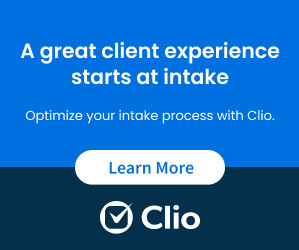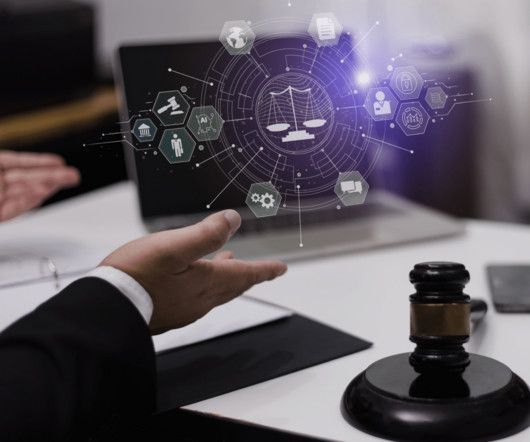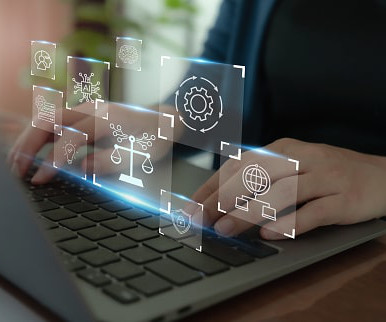Law Firms of All Sizes Can Easily Integrate AI Tools Into eDiscovery
Attorney at Work
JANUARY 13, 2022
Artificial intelligence tools have become prevalent in legal practice, particularly in eDiscovery. That doesn’t mean, however, that law firms and litigation support teams have been quick to embrace them. Despite their benefits, many legal organizations have been hesitant to implement AI tools. AI Hesitation.































Let's personalize your content